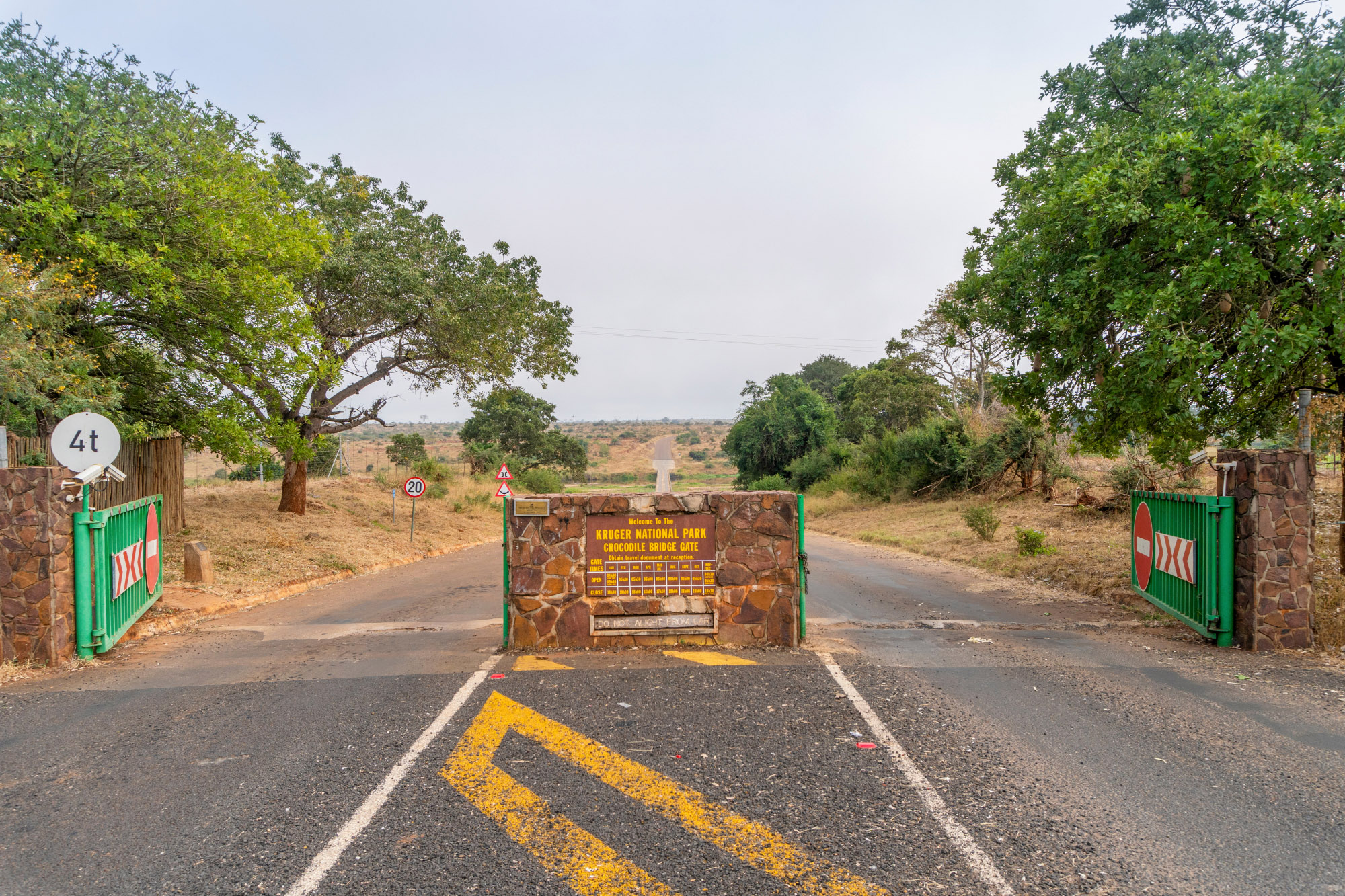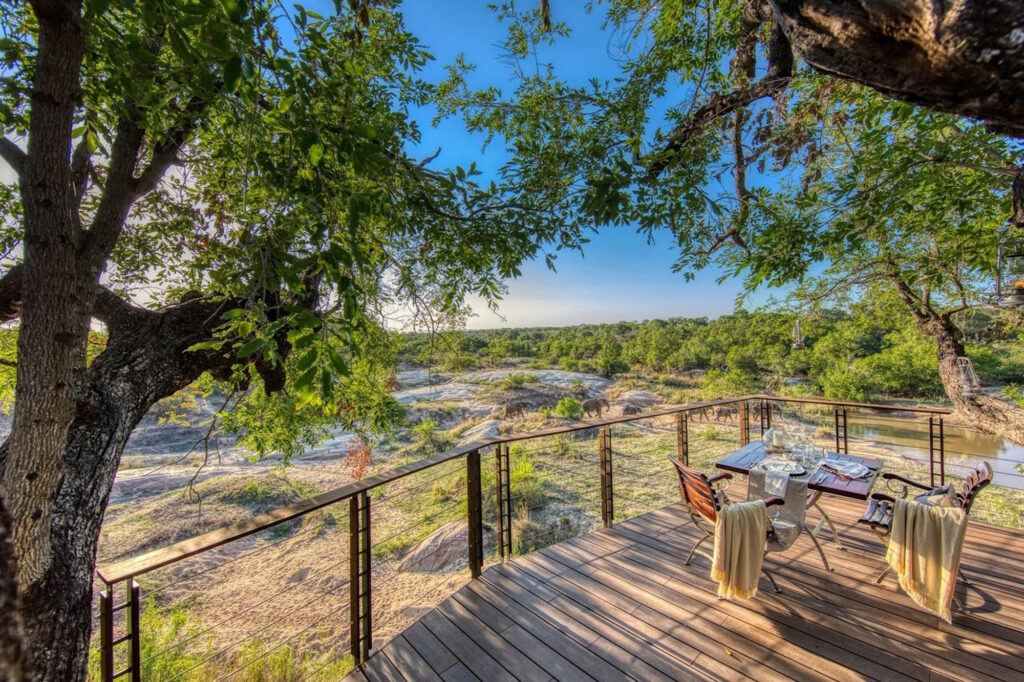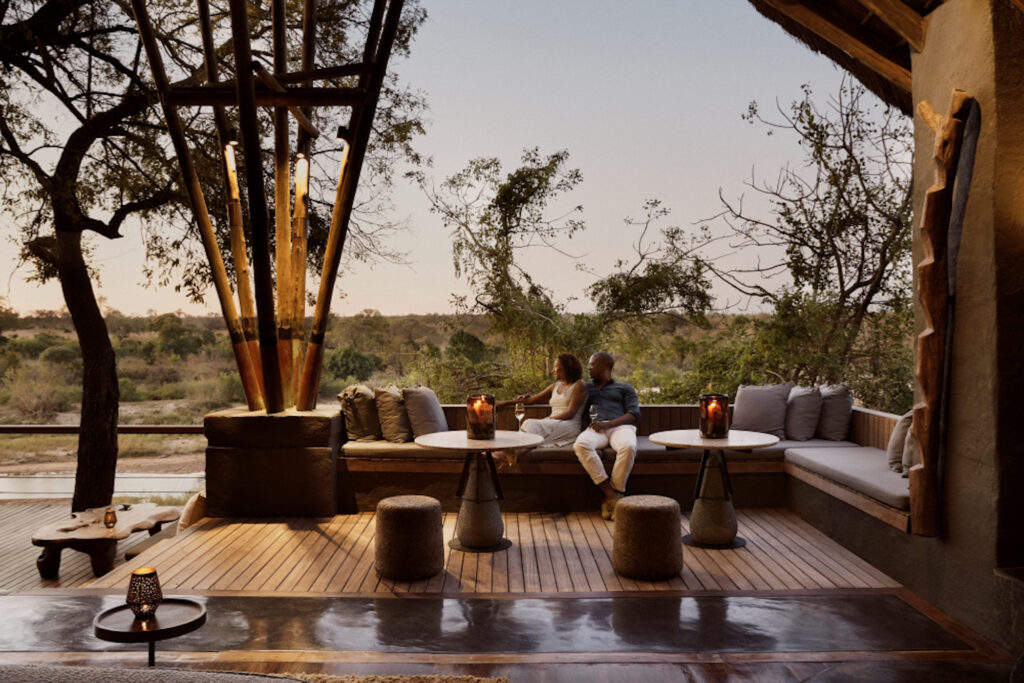
South Africa
Your ultimate guide to self-drive adventures in Kruger
Southern Africa • Insider guides • Your ultimate guide to self-drive adventures in Kruger
Kruger self-drive ultimate guide
If you’re craving adventure and want to experience Kruger National Park on your own terms, a self-drive safari is the way to go. It’s all about freedom – you decide when to stop, where to explore and how long to linger over that incredible lion sighting. This guide will walk you through everything you need to know for an unforgettable self-drive safari – what to expect, how to plan and practical tips to help you make the most of your journey.
Table of Contents

Why choose a self-drive safari in Kruger?
A self-drive safari offers an unmatched sense of freedom and control over your experience in Kruger National Park. Unlike guided tours, you’re the one deciding where to go, how long to stay at each spot and what pace to follow. This makes it ideal for travellers who love flexibility and adventure. You can pull over and observe a pride of lions for as long as you like or detour down a quiet road in search of less common wildlife.
It’s also a more budget-friendly option than guided safaris, allowing you to spend as much or as little time in the park as you want. Plus, the park is well-maintained, with clear signage and safe roads, making it accessible even to first-time visitors. By driving yourself, you can immerse yourself in the landscape, wildlife and sounds of nature – all from the comfort of your own vehicle.

What are the best routes for a self-drive in Kruger?
Kruger is massive, spanning nearly 20,000 square kilometres, so choosing the right route is key. One of the most popular self-drive routes is the Southern Loop, which covers the Lower Sabie, Skukuza and Crocodile Bridge areas. This region is known for frequent sightings of the Big Five and the paved roads make it easy for drivers of all levels.
Another great option is the Northern Route, stretching from Olifants to Pafuri. While it’s quieter and more remote, this area offers unique scenery and opportunities to spot rare species like wild dogs and sable antelope. The central part of Kruger, from Satara to Letaba, is a mix of open savannah and dense bush, making it a favourite for lion and cheetah sightings.

When is the best time for a self-drive safari in Kruger?
The timing of your visit can dramatically affect your experience. The dry season (May to September) is often considered the best time for a self-drive safari in Kruger. During these cooler months, the lack of rain causes animals to congregate around waterholes, making wildlife easier to spot. The vegetation is also less dense, giving you clearer views of the animals. Mornings and late afternoons are particularly productive for sightings, as animals are most active during these cooler periods.
If you’re keen on birdwatching or want to experience Kruger’s lush, green landscape, the wet season (October to April) is ideal. The rains bring a burst of life and migratory birds fill the skies, though animals can be harder to spot with the thicker vegetation.

What are the best entry gates for a self-drive Kruger adventure?
Kruger National Park has several entry gates, each offering unique access points to different areas of the park. Paul Kruger Gate, near Skukuza, is one of the busiest and most popular for first-timers, offering direct access to the southern part of the park, where Big Five sightings are frequent. Crocodile Bridge Gate is another good option, especially for those staying in the southern areas or near the Mozambique border. It’s close to Lower Sabie, a popular region for lion sightings.
For a quieter experience, Phalaborwa Gate in the central area of the park offers access to less crowded, but wildlife-rich, sections like Letaba and Olifants. If you’re venturing further north, Punda Maria Gate gives access to the more remote and bird-rich northern regions of the park, perfect for travellers looking to escape the crowds.

How to prepare for a self-drive safari in Kruger?
Preparation is key to making the most of your self-drive safari in Kruger. First, ensure your vehicle is in good condition, as you’ll be spending a lot of time on the road, often in remote areas. A 4×4 isn’t necessary unless you plan on exploring more rugged tracks, but it’s important to have a car with good clearance.
Stock up on essentials like water, snacks, a first-aid kit and binoculars for better wildlife viewing. Kruger has numerous rest stops and picnic sites, so packing a cooler for lunch can add flexibility to your day. Remember, Kruger is vast, so plan your route ahead of time and keep a map handy, as cell signals can be spotty in some areas.
Lastly, patience is your greatest asset – wildlife sightings can be unpredictable, so take your time and enjoy the journey!

What wildlife can you see on a self-drive safari in Kruger?
Kruger National Park is home to a stunning variety of wildlife, making every self-drive safari an adventure. The Big Five – lion, leopard, elephant, buffalo and rhino – are some of the most sought-after sightings and Kruger offers plenty of opportunities to spot them.
The southern part of the park is particularly known for its lion populations, while leopards are often seen in the central and northern regions. You’ll also come across herds of zebra, giraffe and antelope grazing in the open savannahs.
Bird lovers will be blown away with the birds that can be spotted in Kruger, with over 500 bird species recorded in the park, including the rare southern ground hornbill and martial eagle. If you’re lucky, you might even catch a glimpse of wild dogs or cheetahs, though they’re less common.

Are there rules and etiquette for self-drive safaris?
Yes, following the park’s rules and etiquette is crucial for a safe and enjoyable self-drive safari in Kruger. Speed limits in the park are strictly enforced – 50 km/h on tarred roads and 40 km/h on dirt roads – to protect wildlife and visitors.
Never get out of your vehicle except in designated areas, as wild animals can be unpredictable and dangerous. When approaching wildlife, keep a respectful distance to avoid disturbing them – this is especially important when viewing predators like lions or leopards. If you encounter other cars watching wildlife, be mindful and avoid blocking their view.
Lastly, make sure to dispose of all waste properly and leave no trace to maintain the park’s pristine condition for future visitors.

Are there any costs involved in a self-drive safari in Kruger National Park?
All visitors to Kruger National Park must pay a daily conservation fee. As of 2024, for international visitors, the fee is ZAR 460 per adult and ZAR 230 per child (ages 2-11) per day. South African citizens and SADC (Southern African Development Community) residents pay lower rates if they have valid identification.
There are no additional fees for vehicles beyond the conservation fee, but you will be responsible for your fuel costs. If you are renting a vehicle, you will also have to cover the rental charges.
While the self-drive experience is the core of your safari, there are optional guided bush walks you can book at additional costs, typically around ZAR 450-600 per person.
Share this
Stay in the know
Sign up for the latest hotspot news from Southern Africa.







